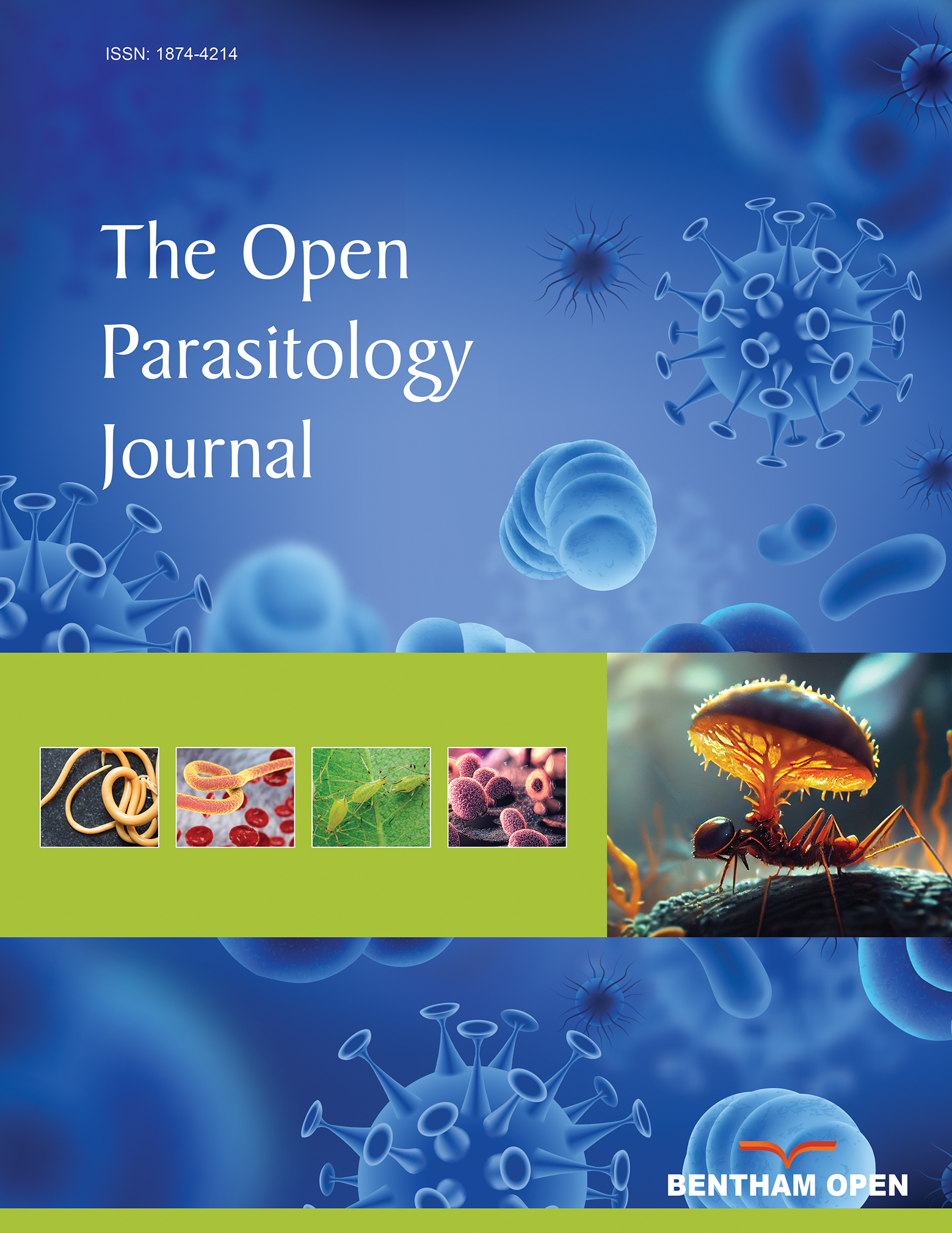Using Genomic Information to Understand Leishmania Biology
Abstract
The genomes of different species of Leishmania have been deciphered in recent years. We learned that the genome content and organization of Leishmania major, Leishmania braziliensis and Leishmania infantum are highly similar and annotation of these genomes revealed that there are few species-specific genes. Association of genome information with reverse and forward genetics approaches allows posing and answering relevant biological questions in a novel way. In this article we briefly present an overview of relevant aspects of genome organization of the Leishmania and how this information can be used to improve our understanding of the biology, pathogenesis, host-parasite interaction issues. We present some of the most useful bioinformatics tools/softwares, which are currently available and how each one of them can be used to explore the genome supporting a wide variety of queries. We included other computational tools which allow integrating the genome data with biochemical pathways revealing metabolic and regulatory networks to be investigated. Finally, we discuss reverse and forward genetic tools available and finalize with considerations on established and novel high-throughput approaches at the genome, transcriptome and proteome levels.


